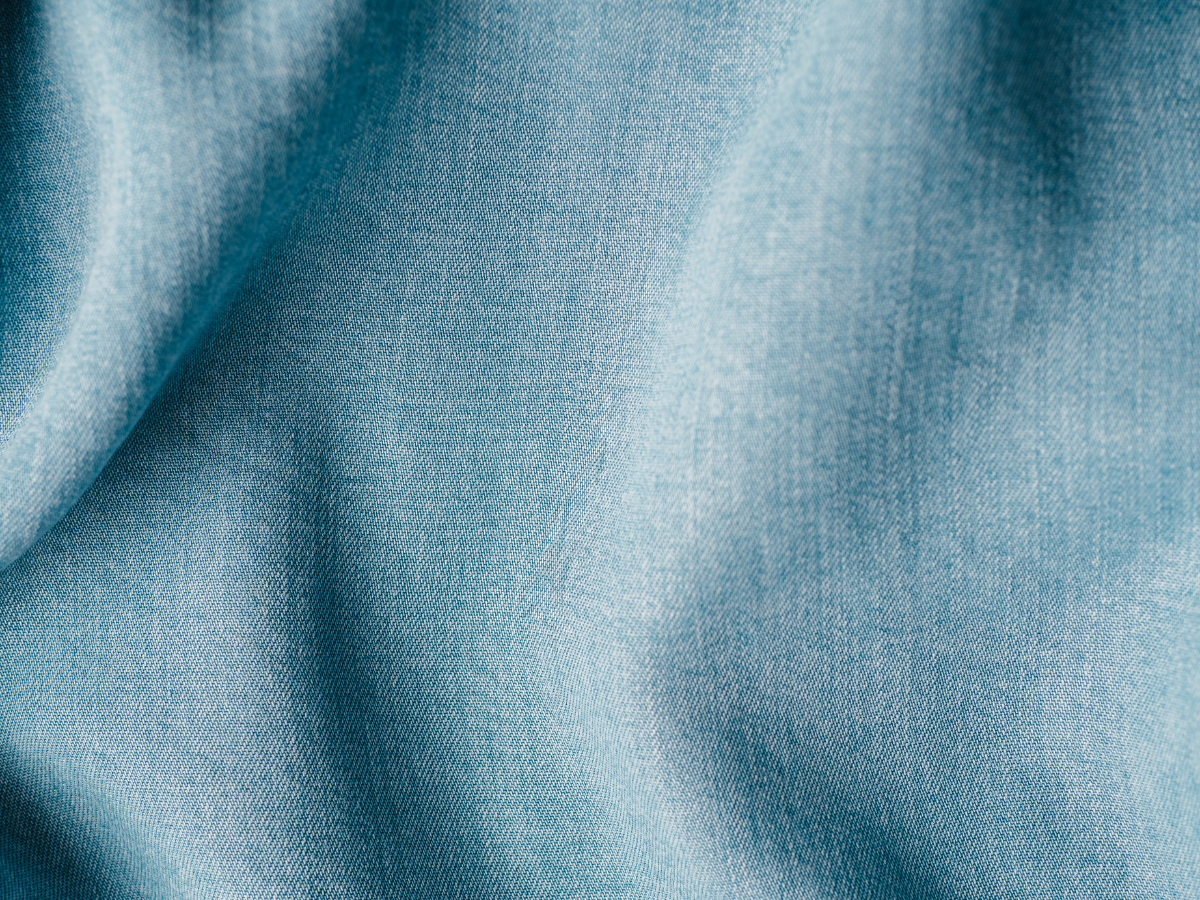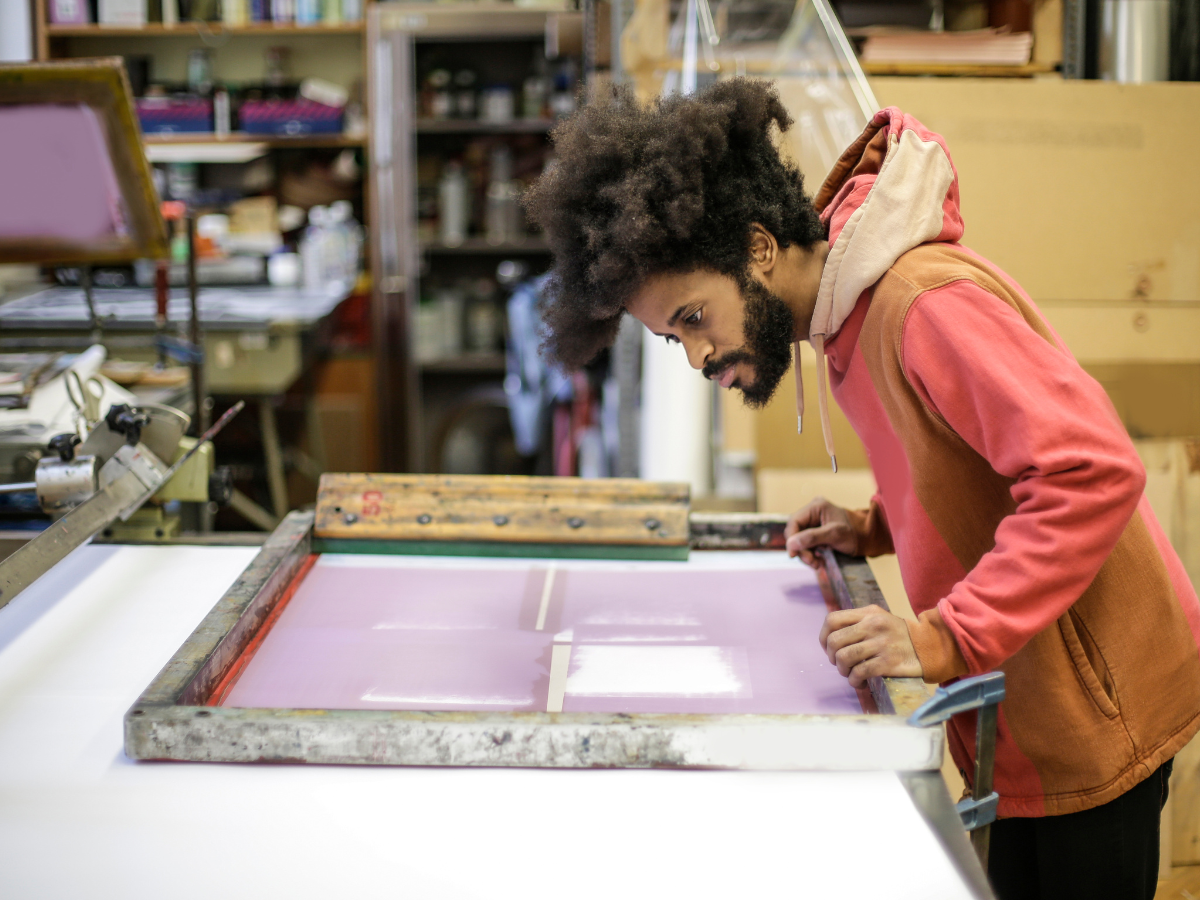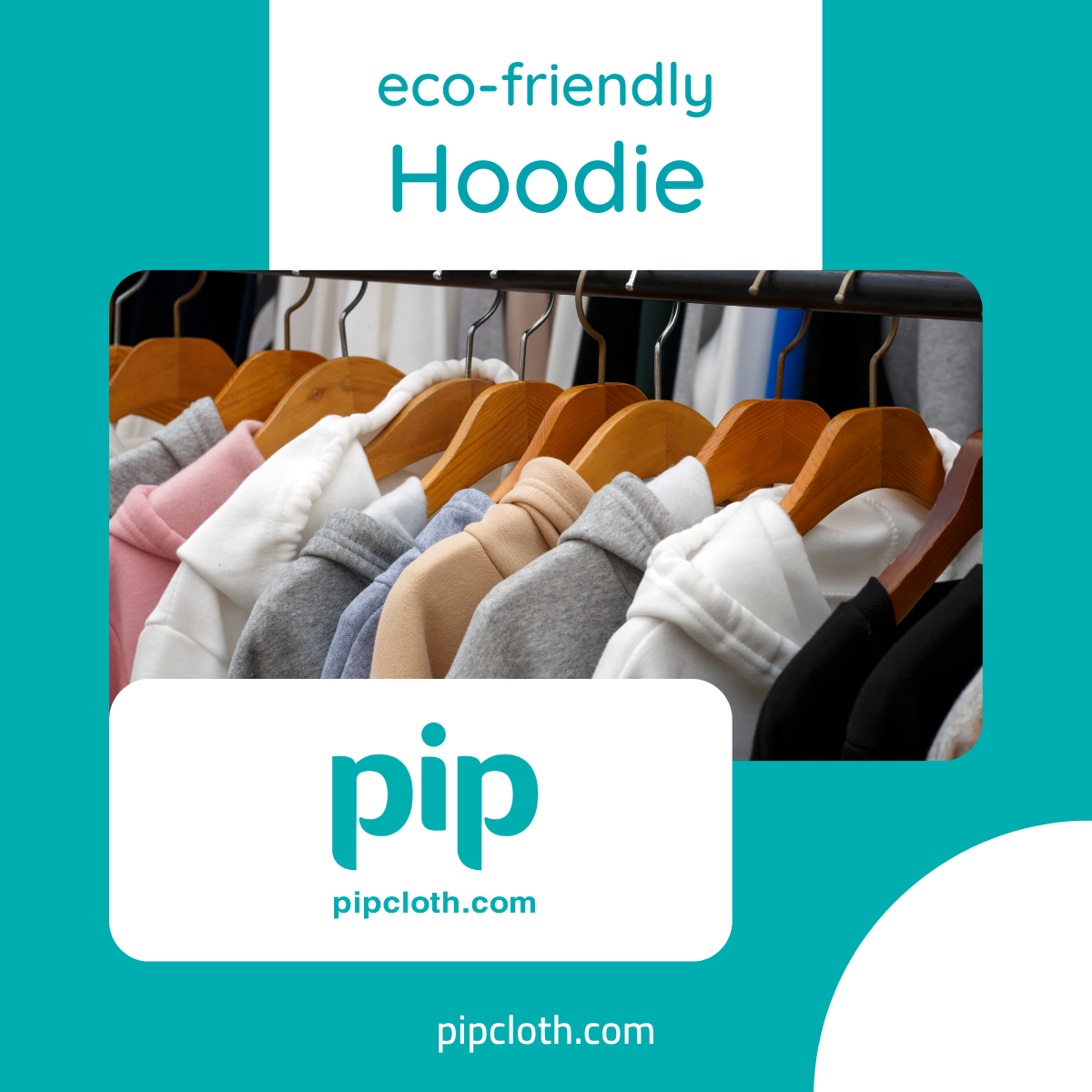The Ultimate Guide to Hoodie Materials and Fabrics
Introduction
The article discusses the importance of choosing the right fabric for hoodies and how it can impact the comfort, style, and durability of the garment.
Factors to Consider When Choosing Hoodie Fabrics
The article highlights several factors to consider when selecting hoodie fabrics, including fabric weight, warmth, durability, and comfort. It emphasizes the need to choose fabrics that align with the intended use and season.
Popular Hoodie Fabric Types
The article explores various popular hoodie fabric types and their specific qualities. It mentions lightweight fabrics suitable for summer hoodies, such as cotton and French terry. It also discusses fleece fabric, known for its warmth, and jersey fabric, which is versatile and suitable for year-round wear.
Customization Methods and Printing Techniques
The article touches on the importance of considering customization methods and printing techniques when choosing hoodie fabrics. It suggests that different fabrics may require specific printing techniques to achieve the desired results.
Hoodie Fabric Recommendations
The article provides recommendations for hoodie fabrics based on different needs and preferences. It suggests Ponte de Roma fabric for comfortable and elegant hoodies, rib-knit fabric for a distinct texture, and cotton/poly blend fabric for durability and a cotton-like feel.
Seasonal Considerations
The article discusses the suitability of different hoodie fabrics for different seasons. It suggests that lightweight fabrics with a GSM less than 250 are suitable for summer hoodies, while thicker fabrics are recommended for winter hoodies.
Breathability and Moisture Absorption
The article emphasizes the importance of choosing hoodie fabrics that offer breathability and moisture absorption. Fabrics like cotton, jersey, and French terry are mentioned as suitable choices for their breathability properties.
Hoodie Fleece Fabric
The article mentions hoodie fleece fabric as a popular choice for fashion streetwear and sportswear. It describes the fabric as having a smooth finish on the outside and a fine brushed nap on the inner side, making it suitable for hoodies, sweatshirts, and tracksuits.
Conclusion
The article concludes by highlighting the importance of selecting the right hoodie fabric to ensure comfort, durability, and style. It encourages readers to consider their specific needs and preferences when choosing hoodie fabrics.
Introduction
Hoodies, the versatile and popular garments, have become a staple in modern fashion. To truly appreciate the comfort, style, and performance of hoodies, it is crucial to understand the diverse range of materials and fabrics used in their production. This article will delve into the world of hoodie materials, exploring classic choices like cotton and polyester, cozy options like fleece and wool, eco-friendly alternatives like bamboo, and innovative blends and technologies. We will also discuss the impact of fabric construction techniques, dyeing and printing methods, and factors influencing material choice in hoodie production. By the end of this article, you will have a comprehensive understanding of the materials that make your favorite hoodies so special.
Cotton: The Classic Choice for Comfort and Breathability
Cotton, a natural fiber known for its softness and breathability, is a classic choice for hoodie production. The fibrous threads of cotton (subject) possess (predicate) a high moisture absorption capacity (object), making it an ideal material for comfortable clothing. Different types of cotton, such as organic, Pima, and Egyptian, offer varying levels of softness, durability, and eco-friendliness.
| Cotton Type | Characteristics | Benefits |
| Organic | Grown without pesticides or synthetic fertilizers | Eco-friendly, hypoallergenic |
| Pima | Extra-long staple fibers | Soft, strong, resistant to pilling |
| Egyptian | Fine, long fibers | Luxuriously soft, durable |
Polyester: Durability and Performance-Enhancing Properties
Polyester, a synthetic fiber, brings durability and performance-enhancing properties to hoodies. The polymer chains (subject) form (predicate) a strong, resilient structure (object), resulting in garments that can withstand frequent wear and washing. Polyester hoodies excel in moisture-wicking, quick-drying, and wrinkle-resistance, making them ideal for active lifestyles. Blending polyester with other fibers, such as cotton or spandex, can further enhance the performance and comfort of hoodies.
Fleece: The Go-To Fabric for Warmth and Insulation
Fleece, a fabric known for its warmth and insulation properties, is a popular choice for hoodies. The three main types of fleece used in hoodie production are cotton fleece, polar fleece, and microfleece. Each type offers unique benefits:
- Cotton fleece: Soft, breathable, and moisture-wicking
- Polar fleece: Lightweight, quick-drying, and insulating
- Microfleece: Ultra-soft, thin, and versatile
The lofted fibers (subject) trap (predicate) air pockets (object), creating an insulating layer that retains body heat, making fleece hoodies perfect for cooler temperatures.

Wool: Natural Temperature Regulation and Moisture Management
Wool, particularly merino wool, has gained popularity in hoodie production due to its natural temperature-regulating and moisture-managing properties. The crimped structure of wool fibers (subject) allows (predicate) air circulation (object), helping to regulate body temperature in both warm and cool conditions. Wool hoodies also excel in moisture management, as the fibers can absorb up to 30% of their weight in moisture without feeling damp. Additionally, wool’s natural odor-resistant properties keep hoodies fresh for longer.
Bamboo: An Eco-Friendly and Moisture-Wicking Option
Bamboo has emerged as an eco-friendly and moisture-wicking alternative in hoodie production. The cellulose fibers (subject) derived from bamboo (predicate) boast (object) a soft, silky texture and excellent moisture absorption capabilities. Bamboo hoodies are naturally antimicrobial, hypoallergenic, and thermoregulating, making them a comfortable choice for sensitive skin. When compared to other eco-friendly fibers like organic cotton and hemp, bamboo stands out for its rapid growth rate and lower water consumption during cultivation.
Innovative Blends and Fabric Technologies
Fabric blends and innovative technologies have revolutionized hoodie production, offering enhanced performance and functionality. Common blends like cotton-polyester and cotton-spandex combine the best properties of each fiber, resulting in hoodies that are comfortable, durable, and stretchy. Innovative fabric technologies, such as moisture-wicking, anti-odor, and UV protection, cater to specific needs and preferences.
Examples of innovative fabric technologies:
- Moisture-wicking: Draws sweat away from the skin, keeping the wearer dry and comfortable
- Anti-odor: Prevents the growth of odor-causing bacteria, maintaining freshness
- UV protection: Shields the skin from harmful UV rays, reducing the risk of sun damage
Your Comprehensive Guide to Natural and Synthetic Clothing Materials
Sustainable and Eco-Friendly Hoodie Materials
As consumers become more environmentally conscious, the demand for sustainable and eco-friendly hoodies has surged. Recycled polyester, made from post-consumer plastic bottles, has emerged as a popular sustainable alternative. The recycling process (subject) reduces (predicate) the carbon footprint and energy consumption (object) associated with virgin polyester production. Other eco-friendly materials, such as organic cotton, hemp, and Tencel, are also gaining traction in the hoodie industry, offering a lower environmental impact compared to conventional materials.

Fabric Construction Techniques and Their Impact on Hoodie Performance
Overview of Common Fabric Construction Techniques
Fabric construction techniques, such as knitting and weaving, play a crucial role in determining the performance and durability of hoodies. Knitting involves interlocking loops of yarn, creating a stretchy and flexible fabric that conforms to the body’s shape. Weaving, on the other hand, involves intersecting warp and weft yarns at right angles, resulting in a more structured and stable fabric.
Brushed vs. Unbrushed Fabrics
The choice between brushed and unbrushed fabrics can significantly impact the warmth and softness of hoodies. Brushed fabrics undergo a mechanical process (subject) that raises (predicate) the surface fibers (object), creating a soft, fuzzy texture that traps air and provides insulation. Unbrushed fabrics, while still comfortable, have a smoother surface and may be more suitable for layering or milder temperatures.
Dyeing and Printing Techniques for Hoodie Customization
Dyeing and printing techniques play a vital role in hoodie customization and design. Different dyeing methods, such as reactive, pigment, and acid dyeing, offer a wide range of color options and durability levels. Printing techniques, including screen printing and digital printing, allow for intricate designs, patterns, and logos to be applied to hoodies. The dyeing and printing process (subject) enhances (predicate) the visual appeal and personalization (object) of hoodies, making them a canvas for self-expression.

Factors Influencing Material and Fabric Choice in Hoodie Production
Several factors influence the choice of materials and fabrics in hoodie production. Consumer preferences and market trends play a significant role, as manufacturers strive to meet the evolving demands of their target audience. Performance requirements for specific activities, such as sports or outdoor wear, also dictate the selection of materials that offer appropriate functionality and comfort. Additionally, cost considerations and target price points impact the choice of materials, as brands aim to balance quality and affordability.
In conclusion, the world of hoodie production is a fascinating tapestry of diverse materials and fabrics, each contributing to the comfort, style, and performance of these beloved garments. From classic cotton and polyester to cozy fleece and wool, eco-friendly bamboo, and innovative blends, the range of options is truly remarkable. By understanding the properties, benefits, and sustainability aspects of these materials, consumers can make informed choices when selecting their perfect hoodie. As technology advances and consumer preferences evolve, we can expect to see even more exciting developments in hoodie materials and fabrics, ensuring that these versatile garments remain a staple in our wardrobes for years to come.
FAQ Section:
Q1: What are the key factors to consider when selecting hoodie materials for specific climates or seasons?
When choosing hoodie materials for specific climates or seasons, consider factors such as breathability, insulation, moisture-wicking properties, and weight. For example, lightweight cotton or bamboo hoodies are ideal for warmer weather, while fleece or wool hoodies provide better insulation for colder temperatures. Additionally, look for materials with moisture-wicking capabilities for activities that involve sweating, such as sports or outdoor adventures.
Q2: How do the care instructions differ for various hoodie materials?
Care instructions can vary significantly depending on the hoodie material. Cotton hoodies are generally machine washable, but may shrink if exposed to high heat. Polyester and bamboo hoodies are more resistant to shrinking and can be machine washed and dried on low heat. Wool hoodies require more delicate care, such as hand washing or dry cleaning, to maintain their shape and texture. Always refer to the garment’s care label for specific instructions to ensure the longevity of your hoodie.
Q3: What are the most common blends used in hoodie production, and what are their benefits?
Some of the most common blends used in hoodie production include:
- Cotton-polyester: Combines the softness of cotton with the durability and moisture-wicking properties of polyester.
- Cotton-spandex: Offers the comfort of cotton with the stretch and flexibility of spandex for improved fit and movement.
- Polyester-spandex: Provides excellent moisture-wicking, quick-drying, and stretchy properties, ideal for athletic or performance hoodies.
These blends aim to harness the best qualities of each material, resulting in hoodies that are comfortable, durable, and functional.
Q4: Are there any potential drawbacks to using eco-friendly hoodie materials?
While eco-friendly hoodie materials like organic cotton, bamboo, and recycled polyester offer environmental benefits, there may be some potential drawbacks to consider. These materials may come with a higher price point compared to conventional options due to the specialized production processes involved. Additionally, some eco-friendly materials may have slightly different textures or properties compared to their traditional counterparts, which could impact the overall feel and performance of the hoodie.
Q5: How do hoodie materials influence the overall weight and packability of the garment?
The choice of hoodie material can significantly impact the overall weight and packability of the garment. Lightweight materials like cotton, bamboo, and polyester tend to result in hoodies that are easier to pack and transport, making them ideal for travel or on-the-go situations. Heavier materials like fleece and wool may create bulkier hoodies that take up more space and add weight to your luggage. Consider the intended use and portability needs when selecting hoodie materials.
Q6: What are the most breathable hoodie materials for high-intensity activities or warm weather?
When engaging in high-intensity activities or wearing hoodies in warm weather, breathability is crucial for comfort and temperature regulation. Some of the most breathable hoodie materials include:
- Bamboo: Known for its moisture-wicking and breathable properties, bamboo helps keep the wearer cool and dry.
- Lightweight cotton: Thin, breathable cotton allows air to circulate and prevents excessive heat buildup.
- Mesh or perforated fabrics: Hoodies with mesh panels or perforations in strategic areas enhance ventilation and airflow.
Look for hoodies specifically designed for athletic or warm-weather use, as they often incorporate breathable materials and features.
Q7: Are there any hoodie materials that are particularly suitable for sensitive skin or allergies?
For individuals with sensitive skin or allergies, certain hoodie materials may be more suitable than others. Organic cotton is a popular choice, as it is grown without the use of harsh chemicals or pesticides that can irritate the skin. Bamboo is another hypoallergenic option, as it is naturally resistant to bacteria and odors. Avoid hoodies made with synthetic materials like polyester if you have sensitive skin, as they may trigger allergic reactions or irritation in some people.
Q8: How do different fabric construction techniques (like knitting or weaving) affect the stretchiness or drape of a hoodie?
Fabric construction techniques play a significant role in determining the stretchiness and drape of a hoodie. Knitted fabrics, which are created by interlocking loops of yarn, tend to have more stretch and flexibility compared to woven fabrics. This makes knitted hoodies more form-fitting and comfortable, as they can move with the wearer’s body. Woven fabrics, on the other hand, have a more structured and less stretchy nature, resulting in hoodies with a more rigid drape and shape.
Q9: What are some innovative or emerging hoodie materials to keep an eye on?
As textile technology advances, several innovative and emerging hoodie materials are worth keeping an eye on:
- Recycled materials: Hoodies made from recycled plastic bottles, recycled cotton, or other repurposed materials are becoming increasingly popular as sustainable options.
- Hemp: Known for its durability, breathability, and eco-friendly properties, hemp is gaining traction as a hoodie material.
- Tencel: Derived from wood pulp, Tencel is a soft, breathable, and moisture-wicking fabric that offers a sustainable alternative to traditional materials.
- Smart fabrics: Hoodies incorporating smart fabrics with features like temperature regulation, UV protection, or even built-in technology are on the horizon.
Keep an eye out for these innovative materials as they continue to develop and make their way into the hoodie market.
Q10: Can the choice of hoodie material impact the overall durability and longevity of the garment?
Yes, the choice of hoodie material can significantly impact the overall durability and longevity of the garment. Some materials, like polyester and nylon, are known for their strength and resistance to wear and tear, making them ideal for hoodies that will endure frequent use or washing. Cotton, while comfortable, may be less durable and more prone to shrinking or losing its shape over time. Investing in hoodies made from high-quality, durable materials can help ensure that your garment withstands the test of time and maintains its appearance and functionality for longer.





